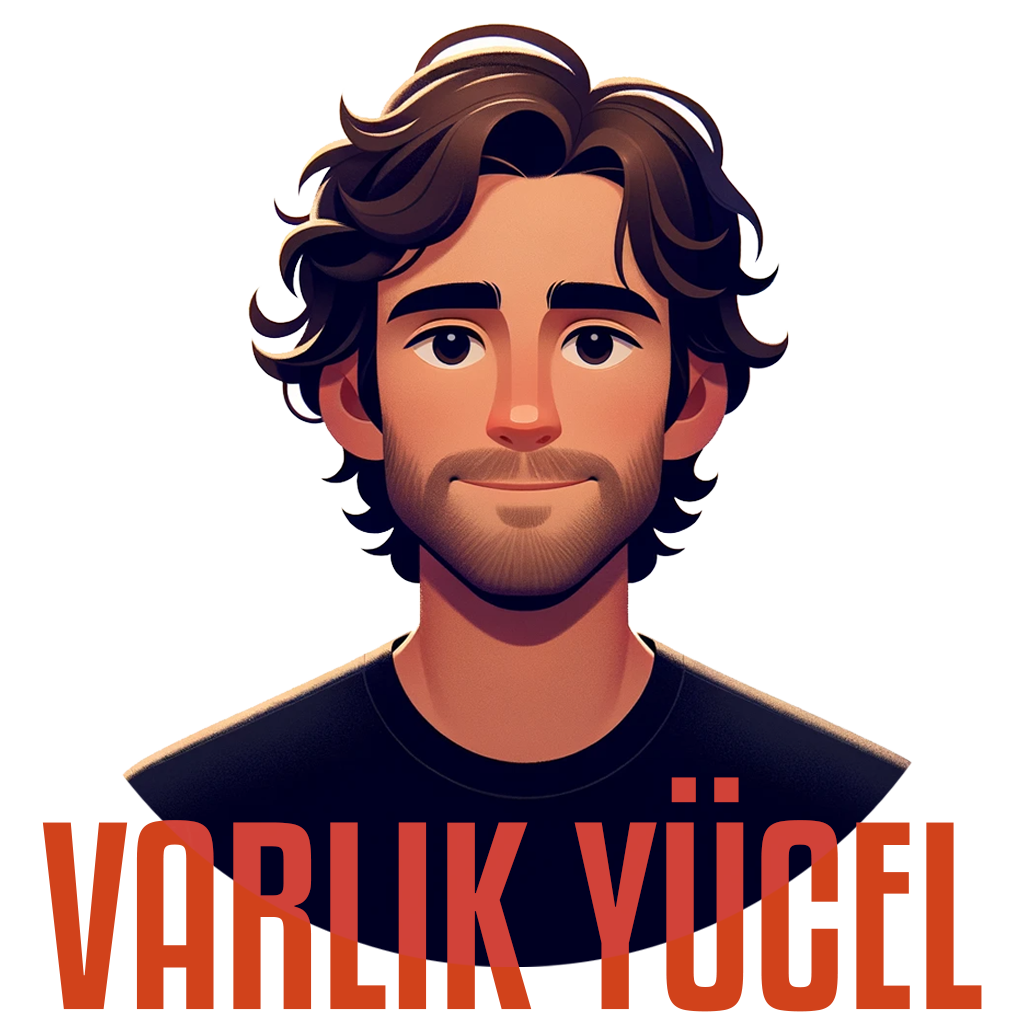🧰 Tools

Unity

C#

3D Studio Max
🧑 Role
Project owner - 3D modeling, texturing, Unity Interaction Development
🎓 Academic
This study conducted as a part of Essentials of 3D modeling for video games: from design to implementation course, instructed by Çetin Tüker, Game and Interaction Technologies Graduate Program (GIT) in Istanbul Technical University.
Project Details
The project embarked on a comprehensive study of spatial dynamics and aesthetic elements in cinematic environments, taking inspiration from Quentin Tarantino's film "The Hateful Eight". The choice of this film was strategic, as it predominantly unfolds in a single setting - a cabin in a snowy, wooded landscape, where eight individuals are confined due to inclement weather.
The first phase of the project involved an in-depth analysis of the movie, focusing on the spatial arrangement and the use of props. This was crucial for understanding the spirit and aesthetics of the period depicted in the film. To facilitate this, mood boards were meticulously created, showcasing various aspects of the space and the diverse props employed in the movie.
Building upon an architectural background, the next step was the development of a building blueprint, inspired by the cabin featured in the film. This phase combined professional expertise with a personal passion for architecture, resulting in a blueprint that served as a foundational element for the subsequent stages.
Utilizing the blueprint and mood boards as references, the environment was then meticulously crafted in 3D using 3ds Max. This process involved the creation and application of textures, mapping them accurately onto the objects to mirror the film's setting.
The project transitioned into the realm of interactivity with the importation of these 3D models into Unity. Here, an interactive environment was established, incorporating various elements such as dynamic lighting, fires, and context-sensitive walking sounds that changed in response to the characters' positions and actions.
This endeavor was not only a study in environment design but also an exploration of Unity's capabilities, leading to a deeper understanding of interactive elements in digital environments. The project stands as a successful fusion of architectural precision, cinematic analysis, and interactive design, offering a multi-dimensional perspective on environment creation in digital media.
